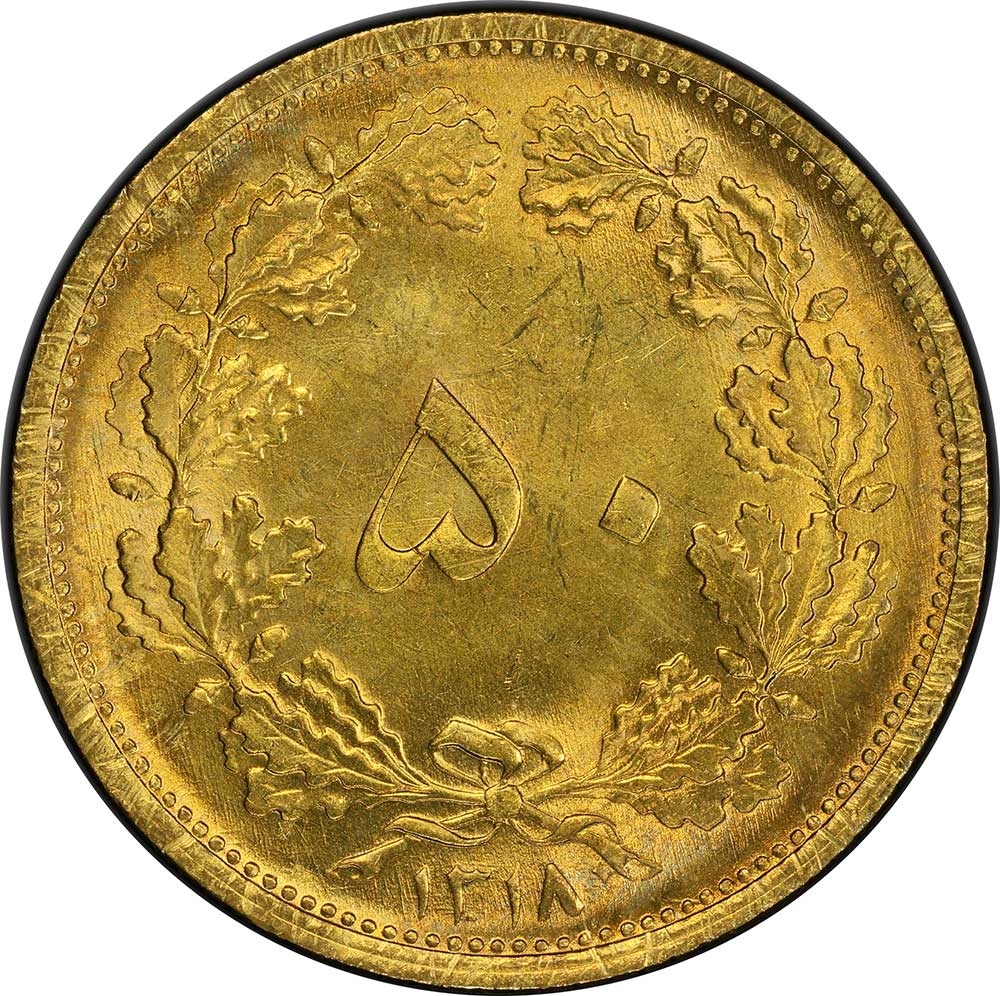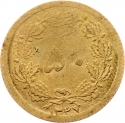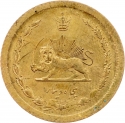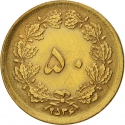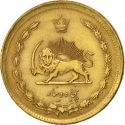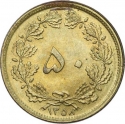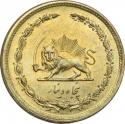You are about to finish your registration. Please check your mailbox (including spam folder). There should be a letter with a confirmation link. Check setting to make sure that your e-mail address is correct.
Send letter againDescription
Reza Shah Pahlavi (1878–1944) was the founder of the Pahlavi dynasty and ruled Iran as Shah from 1925 to 1941. A former military officer, he seized power in a coup in 1921 and later modernized Iran through ambitious reforms in infrastructure, education, and the military. He sought to reduce foreign influence, particularly from Britain and the Soviet Union, and changed Persia’s name to Iran in 1935. However, his authoritarian rule and pro-German stance during World War II led to his forced abdication by the Allies in 1941, after which he was exiled to South Africa, where he died in 1944.
Mohammad Reza Pahlavi (1919–1980) was the last Shah of Iran, ruling from 1941 until the Iranian Revolution in 1979. He pursued rapid modernization, economic growth, and Westernization through policies like the White Revolution but faced growing opposition due to political repression, widespread corruption, and increasing authoritarianism. His close ties with the West, particularly the United States, and his secret police, SAVAK, fueled resentment among various social and religious groups. Amidst mass protests and unrest, he was forced into exile in 1979, leading to the establishment of the Islamic Republic under Ayatollah Khomeini. He died in Egypt in 1980.
Obverse

|
Depicts a value in Persian within a laurel and oak wreath with ribbon below. Date below in Solar Hejira (SH). ۵۰ |
|---|---|
Reverse

|
Depicts an Emblem of the Imperial State of Iran (radiant lion holding sword, 1932-1980) value in Persian letters within a crowned laurel and oak wreath with ribbon below. پنجاه دینار |
| Edge |
50 Dinars
KM# 1142
Characteristics
| Material | Aluminium Bronze |
| Weight | 3.47 g |
| Diameter | 20 mm |
| Thickness | 1.5 mm |
| Shape |
|
| Alignment | Coin |
| Mint |
Tehran Mint
|
